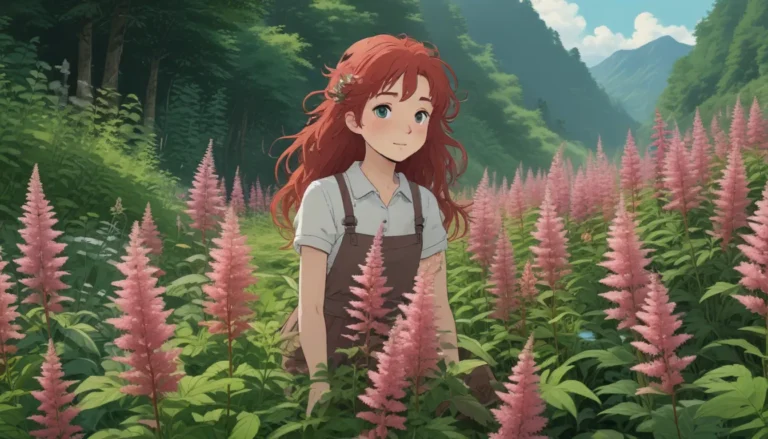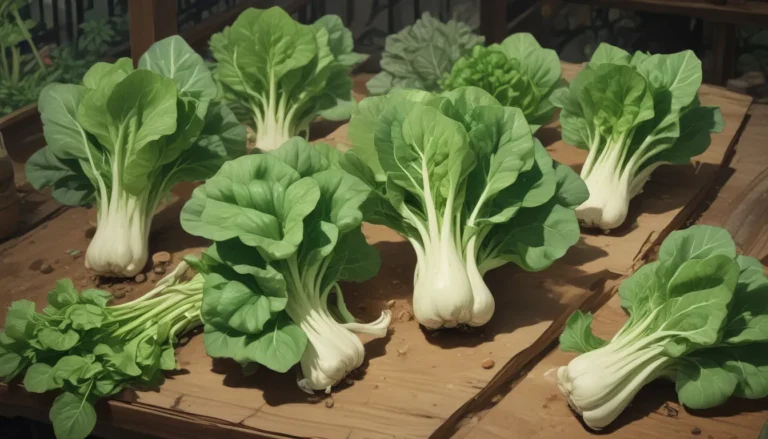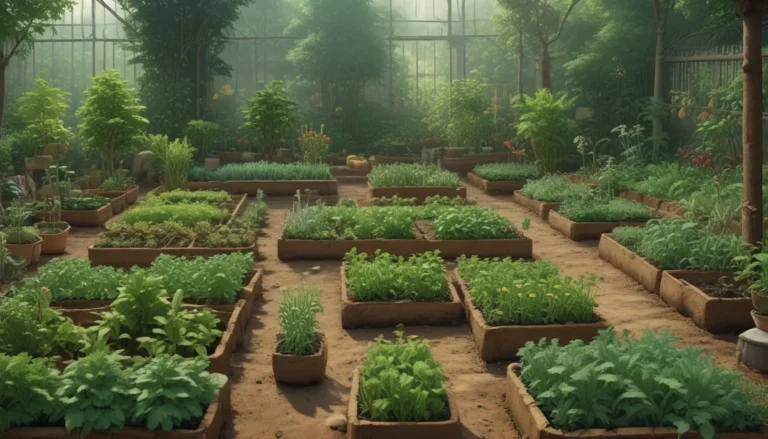Understanding Alternaria Leaf Spot on Turnips

Turnips are a delightful addition to any garden, versatile in their culinary uses and easy to grow. However, like any plant, turnips are susceptible to diseases, including Alternaria leaf spot. In this comprehensive guide, we will delve into the specifics of Alternaria leaf spot, covering symptoms, life cycle, control methods, preventative measures, and treatment options.
What You Will Learn
In this article, you’ll discover valuable information on:
- Alternaria Leaf Spot Symptoms
- Life Cycle of Alternaria
- Cultural Control Methods
- Fungicide Control Methods
Alternaria Leaf Spot Symptoms
Identifying Alternaria leaf spot on turnip or rutabaga leaves is crucial for effective treatment. Common symptoms include circular leaf spots that start as yellow and progress to tan or black. These spots feature concentric rings, resembling a target pattern. In severe cases, the lesions can merge, leading to large regions of dead tissue. Additionally, lesions may appear on seedpods, flowers, stems, and petioles of the plant.
Life Cycle of Alternaria
Alternaria, the fungus responsible for leaf spot, survives on debris from infected crops. The disease spreads most rapidly in warm and moist conditions, typically with temperatures ranging from 60-78°F and a relative humidity of 90% for at least 12 hours. Spores produced by the fungi can be disseminated through splashing water, wind, human contact, or equipment. Planting infected seeds remains the primary mode of infection for turnips.
Cultural Control Methods
Implementing cultural controls is crucial for preventing Alternaria leaf spot in turnips. Some effective methods include:
- Using disease-free seeds: Opt for certified seeds free of Alternaria to reduce the risk of infection.
- Hot water treatment: Treat seeds with hot water (122°F) to eliminate the fungus, although it may impact germination rates.
- Weed management: Remove cruciferous weeds like wild mustard near your plants to prevent disease spread.
- Crop rotation: Rotate turnip crops with non-cruciferous plants for 1-3 years to reduce spore levels.
- Optimal irrigation: Water turnips in the morning to allow leaves to dry and reduce disease development.
After harvest, ensure to incorporate all debris into the soil to prevent spores from infecting future crops.
Fungicide Control Methods
For effective disease management, consider using fungicides as part of your control strategy. Some recommended options include:
Biofungicides
- Bacillus amyloliquefaciens strain D737: Prevents disease occurrence and can be applied as a foliar spray.
- Bacillus subtilis (CEASE): Another biofungicide approved for organic production.
Copper Sprays
- Kocide (copper hydroxide): Effective when used in solutions with a pH above 6.5, excluding rutabagas.
Synthetic Fungicides
- Azoxystrobin (Quadris)
- Pyraclostrobin (Cabrio EG)
- Penthiopyrad (Fontelis)
- Cyprodinil plus fludioxonil (Switch 6.25 WG)
Rotate fungicides to prevent resistance development and ensure effective disease control.
Prevention is Your Best Bet
Preventing Alternaria leaf spot is key to maintaining healthy turnip crops and preventing market rejections. Key preventive measures include:
- Use disease-free certified seeds or treat seeds with hot water.
- Eliminate cruciferous weeds near turnip plants.
- Maintain optimal irrigation practices to keep plants dry.
- Vigilance and proactive management with fungicides.
By following these preventative measures and control strategies, you can effectively manage Alternaria leaf spot in turnips and enjoy a bountiful harvest. Share your experience with turnip leaf spots in the comments below!
To learn more about turnip diseases, explore topics such as:
- Identifying and Controlling Black Rot
- Preventing White Rust
- Treating Downy Mildew
- Managing Bacterial Leaf Spot
By incorporating a conversational tone and expanding on essential information, this article offers a comprehensive guide to understanding and treating Alternaria leaf spot on turnips. Through a blend of educational content and practical tips, readers can enhance their knowledge and effectively manage this common disease in the garden.





